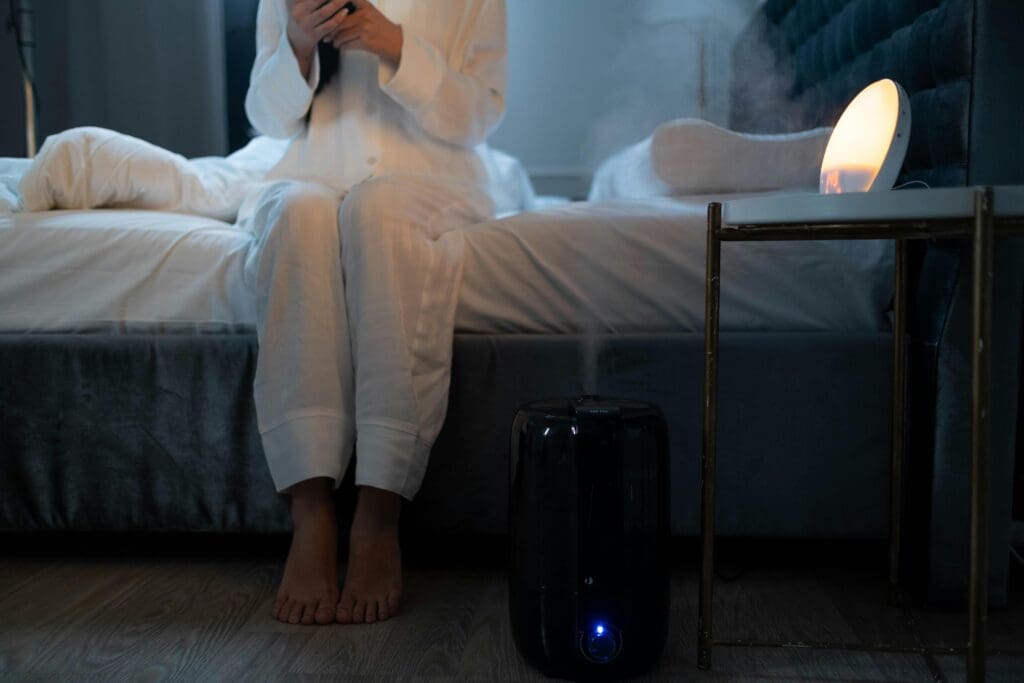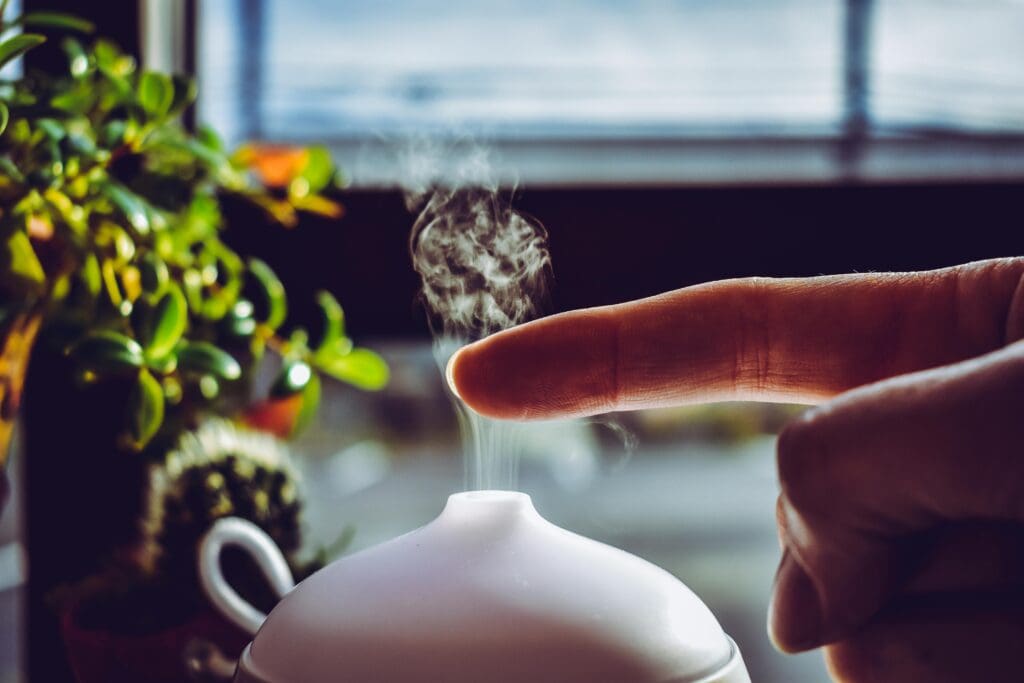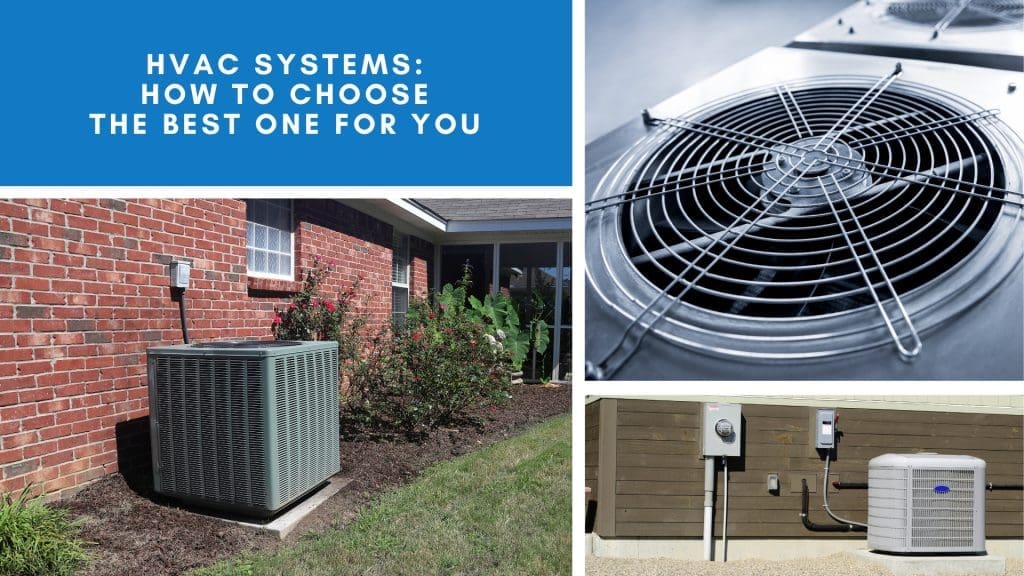When it comes to maintaining a comfortable and healthy environment in your home or office, air quality plays a crucial role. But with so many products on the market, it can be challenging to know which is the best fit for your needs.

Two of the most common devices people turn to are air purifiers and humidifiers. Both have their unique benefits and uses, but they serve different purposes.
An air purifier’s primary function is to cleanse the air, removing various contaminants, including dust, allergens, and even mold spores. On the other hand, a humidifier’s job is to add moisture to the air, which can be particularly beneficial in dry climates or during the winter months when indoor air tends to become dry from heating systems.
In this article, we’ll delve into the air purifier vs humidifier debate, helping you understand the key differences and benefits of each. Whether you’re a small business owner, a work-from-home professional, or a busy stay-at-home parent, our goal is to provide you with the information you need to make an informed decision about improving the air quality in your space.
So, let’s dive in and explore the world of air purifiers and humidifiers.
Understanding Air Purifiers and Their Benefits
Air purifiers are powerful devices designed to filter and clean the indoor air. They work by drawing air through a variety of filters, each capturing different types of particles and pollutants. This process significantly reduces allergens, dust, smoke, and even some germs, making the air you breathe much cleaner.
One of the key components of an air purifier is the HEPA filter. HEPA stands for High-Efficiency Particulate Air, and these filters are known for their ability to trap tiny particles effectively. This can be especially beneficial for allergy sufferers or individuals with asthma, as it removes triggers from the air.
When choosing an air purifier, it’s important to consider the room size. These devices are designed to handle specific areas, so picking the right size is crucial for optimal performance. An air purifier with a higher CADR (Clean Air Delivery Rate) indicates that it can filter a larger amount of air more quickly, providing fresher air faster.
Air purifiers are not just about improving air quality but can also play a pivotal role in managing mold issues within HVAC systems. Mold spores, often released into the air, can be captured by a quality air purifier, preventing them from spreading and improving the overall air quality.
Moreover, air purifiers can easily be integrated into modern smart home systems. Many models are now Wi-Fi enabled, allowing you to monitor and control air quality remotely via apps. Whether at home or away, you can ensure the air remains clean, offering peace of mind and convenience.
The Role of Humidifiers in Your Home
Humidifiers play an essential role in maintaining a comfortable living environment, especially during drier months. By adding moisture to the air, they help counteract the dryness that can cause irritation in the skin, eyes, nose, and throat. This added humidity can make your home feel warmer and more inviting.
In addition to enhancing comfort, the increased humidity provided by a humidifier can help alleviate symptoms of respiratory issues. A dry atmosphere can exacerbate conditions like sinusitis or asthma, making breathing more difficult. Proper humidity levels support airway moisture, which can reduce irritation.

For households with children, humidifiers can be particularly beneficial. Babies and young children are more susceptible to discomfort from dry air. Keeping the air moist can ease symptoms like dry skin and chapped lips, creating a healthier environment for the little ones.
It’s vital, however, to balance humidity levels. Too much moisture can foster mold growth, leading to potential health risks and damage to your home. Regular cleaning and maintenance of your humidifier can prevent mold and bacterial growth within the device itself.
Lastly, there are different types of humidifiers to consider based on specific needs and preferences. Options like ultrasonic or evaporative humidifiers each have their advantages and drawbacks. Choosing the right one depends on your unique home environment and your health needs, aligning effectiveness with ease of use.
Key Differences Between Air Purifiers and Humidifiers
Air purifiers and humidifiers serve distinct purposes in maintaining home air quality. While air purifiers focus on removing airborne contaminants, humidifiers enhance air moisture. Understanding these differences can help in choosing the right device for your needs.
Air purifiers are designed to eliminate pollutants like allergens, dust, and smoke. They use filters, often HEPA, to capture particles, improving overall air quality. They are particularly beneficial for people with allergies or asthma.
On the other hand, humidifiers release moisture into the air to maintain optimal humidity levels. This is crucial for combating dry air, preventing skin irritation, and soothing respiratory passages. They are especially useful during colder months when indoor heating dries out the air.
Key differences include:
- Function: Purifiers clean the air; humidifiers add moisture.
- Health Focus: Purifiers target allergies; humidifiers address dryness.
- Seasonality: Purifiers are used year-round; humidifiers are mainly used in winter.
Consider your specific air quality concerns when choosing between the two. For fresh, pollutant-free air, air purifiers are ideal. If you struggle with dry skin or nasal passages, a humidifier may be more beneficial. Understanding these functions ensures you select the best solution for your home.
Addressing Mold in HVAC Systems: Purifiers vs. Humidifiers
Mold in HVAC systems can be a pesky and potentially harmful issue. It affects both health and the efficiency of your HVAC system, leading to poor air quality. Addressing mold concerns involves understanding whether an air purifier or humidifier is more suitable.
Air purifiers are effective in reducing mold spores in the air. Equipped with HEPA filters, they can trap particles that would otherwise circulate through your home. This function makes them a valuable ally in reducing the risk of mold exposure.
Humidifiers, on the other hand, do not prevent mold. In fact, excessive moisture from improper humidifier use can foster mold growth. Maintaining balanced humidity levels is crucial in preventing mold without creating a favorable environment for it to thrive.
For those struggling with mold issues, using an air purifier is recommended alongside regular HVAC maintenance. Ensuring your ducts are clean and moisture levels are controlled is key to mold prevention. A combination of professional mold remediation and the right devices will lead to a healthier home environment.

Room Size and Air Quality Solutions
Choosing the right device for air quality improvement often depends on room size. An air purifier’s effectiveness is closely tied to the size of the space it serves. Understanding this relationship is crucial for achieving optimal air purification in your home.
Selecting an appropriately sized air purifier ensures maximum efficiency. The Clean Air Delivery Rate (CADR) is an important factor. It helps gauge how quickly an air purifier can clean the air in a given room. For larger spaces, consider a unit with a higher CADR to effectively manage air quality.
To help you choose the right device, consider these tips:
- Calculate the room’s square footage.
- Match it with the air purifier’s recommended room size.
- Opt for a unit with a CADR suitable for your needs.
Ensuring your air purifier or humidifier is well-suited for the room size leads to better performance and a healthier home environment.
Smart Home Integration: Wifi-Enabled Air Purifiers
In today’s tech-savvy world, having a smart home is a reality for many. Integrating a WiFi-enabled air purifier into your setup offers convenience and enhanced control. These devices provide the ability to monitor and adjust air quality from anywhere, anytime.
WiFi-enabled air purifiers make managing your indoor environment seamless. With a smartphone app, you can check air quality, change settings, and receive maintenance alerts. This technology is perfect for busy people, allowing for real-time adjustments to improve air conditions at home.
Not only do these purifiers offer control, but they also contribute to energy savings. Smart modes can adjust power usage based on the current air quality, ensuring efficient operation. By embracing smart technology, you’re not just enhancing air quality but also streamlining your home’s functionality.

Air Purifiers, Humidifiers, and Your Health
Air purifiers and humidifiers play essential roles in promoting better health. Air purifiers target harmful particles such as dust, pollen, and bacteria. By doing so, they help reduce allergy and asthma symptoms, leading to improved respiratory health.
Conversely, humidifiers focus on maintaining optimal moisture levels in the air. Adequate humidity can soothe dry skin, ease irritated sinus passages, and prevent sore throats. This is particularly beneficial during dry winter months when heating systems often dehydrate the air.
When selecting between these devices, consider your specific health needs. If allergies or asthma are concerns, an air purifier might be your best bet. For those plagued by dry air, a humidifier could provide relief. Balancing air quality and moisture can create a healthier environment, supporting overall well-being for you and your family.
Maintenance and Care for Air Purifiers and Humidifiers
Regular maintenance is crucial for both air purifiers and humidifiers to function effectively. For air purifiers, it’s essential to change filters according to the manufacturer’s recommendations. This ensures the device can efficiently capture allergens and pollutants, keeping the indoor air clean.
Humidifiers require diligent cleaning to prevent the growth of mold and bacteria. Neglecting this task can lead to health issues rather than benefits. Ensure the water tank and parts are cleaned regularly with appropriate solutions. By maintaining these devices, you maximize their longevity and efficiency, ensuring a healthier atmosphere in your home.
FAQs: Common Questions About Air Purifiers and Humidifiers
Do I Need an Air Purifier for Each Room?
Many wonder if a single air purifier is sufficient for the entire home. While one can effectively manage small apartments, larger homes might benefit from multiple units.
Can a Humidifier Cause Mold Growth?
Yes, if overused, humidifiers can lead to excessive moisture and mold. It’s important to monitor humidity levels closely.
What Size Air Purifier Do I Need?
Choosing the correct size is crucial. Use an air purifier room size calculator to match the device to your room dimensions.
Is Mold in HVAC Dangerous?
Mold in HVAC systems can significantly impact air quality and health, necessitating prompt remediation. Consult professionals for inspection and removal.
Can Air Purifiers Help with Allergies?
Absolutely. Air purifiers can significantly reduce allergens, easing symptoms and improving comfort at home. They’re particularly beneficial during high pollen seasons.
Conclusion: Making the Right Choice for Your Home – Purifier vs Humidifier
Deciding between an air purifier and humidifier boils down to your specific needs. Whether it’s allergies, dry air, or mold concerns, understanding each device helps. Your priority should be a healthy and comfortable indoor environment. For tailored advice, reach out to experts in air quality solutions.


